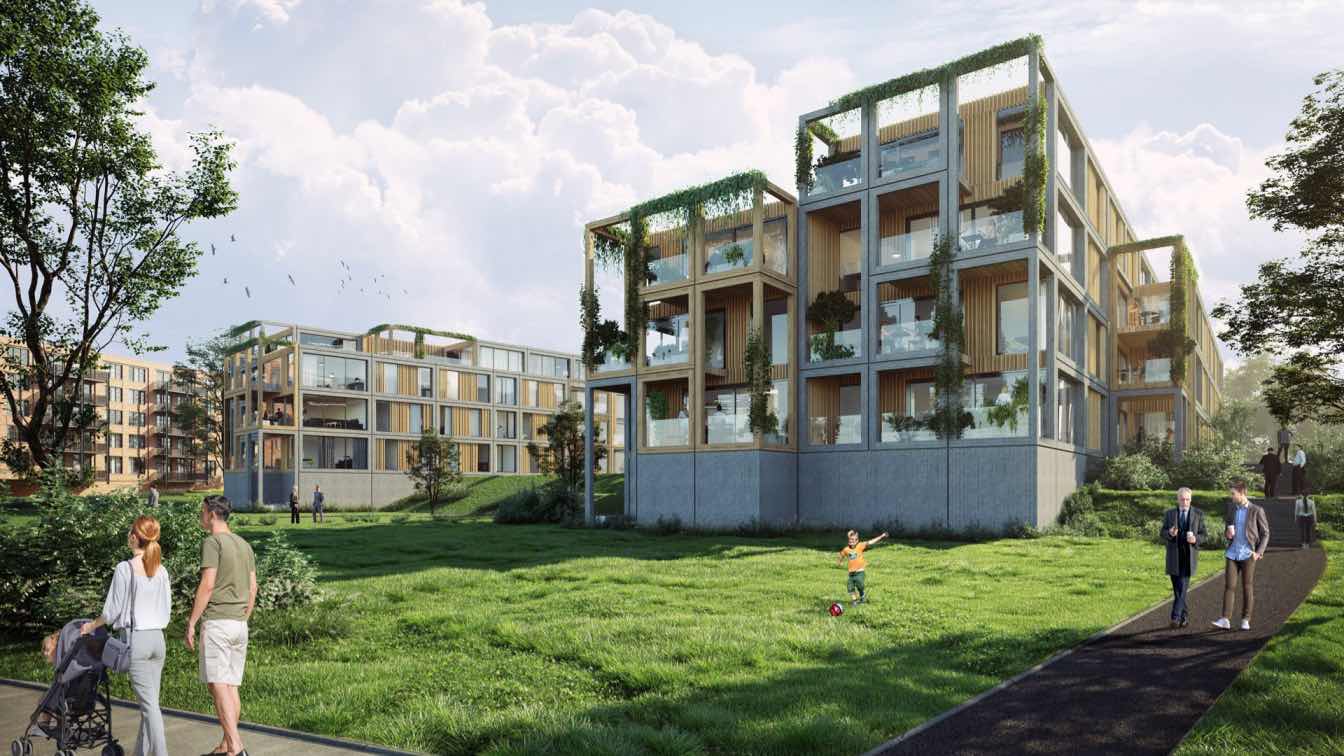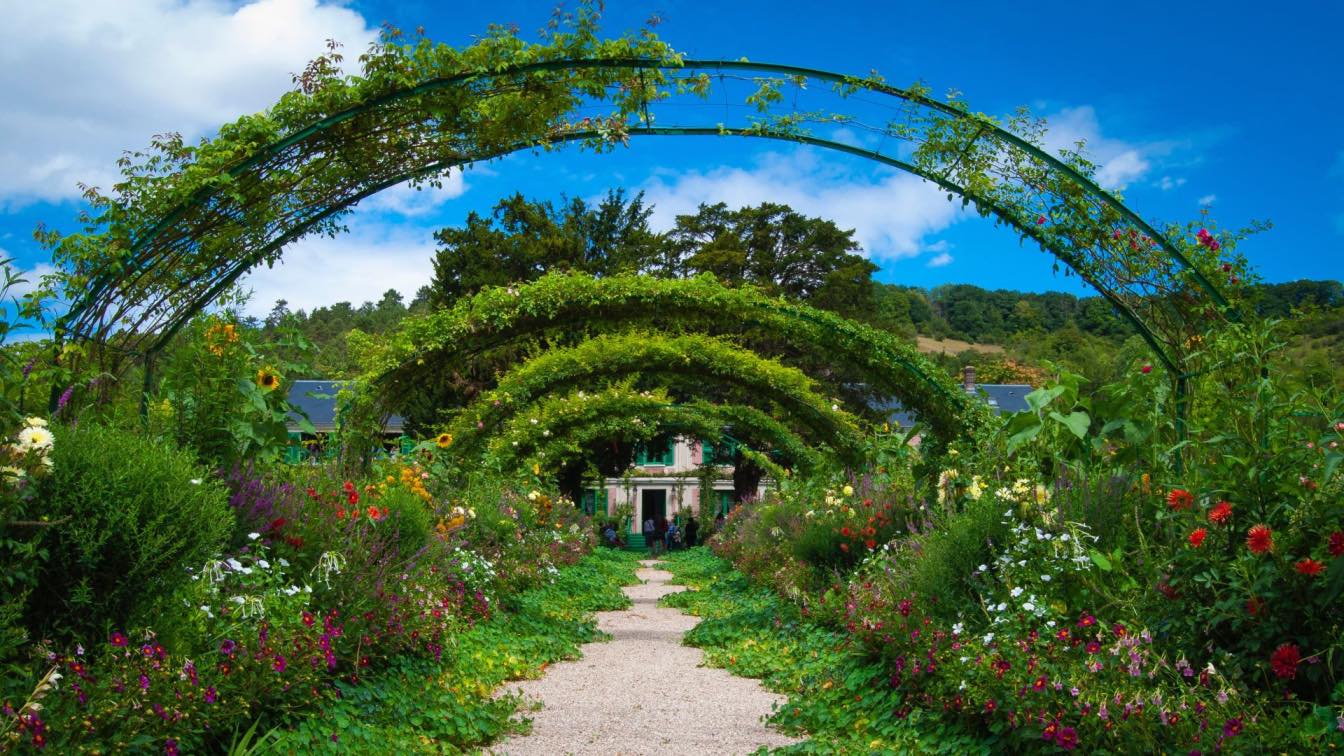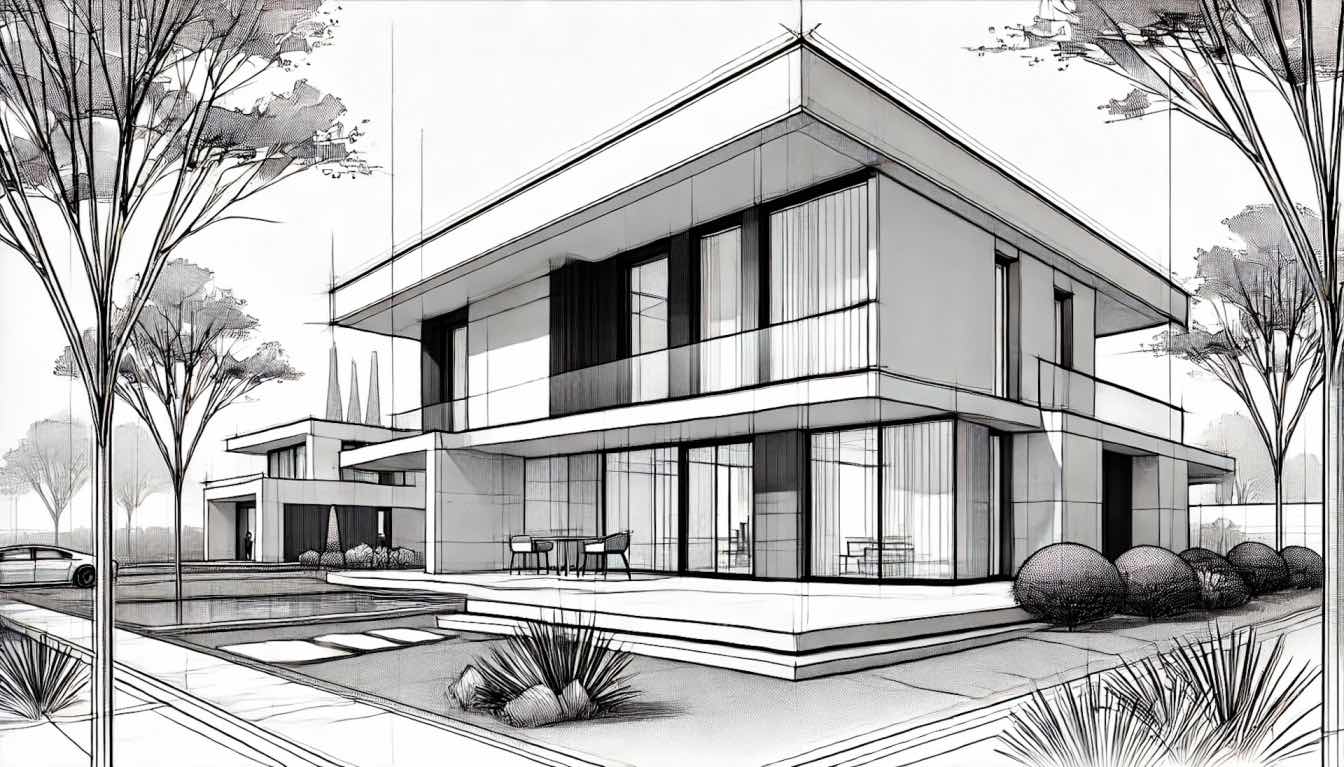In modern commercial architecture, roofing isn't just a cover. It's a critical component that enhances durability and reduces environmental impact. You have numerous options, from green roofs to cool roofs, each with unique benefits.
Are you looking to meet your specific needs? Understanding these systems will help you make informed choices. Ready for innovative roofing solutions? Stick around.
This article unpacks the latest trends and technologies transforming commercial roofing today.
1. Green Roofs for Urban Cooling and Biodiversity
Perhaps needed now more than ever, their popularity has incredibly soared over the past two decades of the century. Green or "living" roofs offer urban environments a dual benefit: enhancing biodiversity while providing significant cooling effects. These systems feature layers of vegetation atop waterproof membranes, effectively managing stormwater runoff and reducing heat islands in cities.
Besides aesthetic appeal, green roofs improve air quality by filtering pollutants. They also extend the roof's lifespan by protecting against UV rays and temperature extremes.
If you're following your commercial roofing needs, the likes of McDonald & Wetle could provide great choices for innovative solutions like eco-green roofs and more.
Green roofs represent an investment in sustainability that pays dividends in energy savings and ecological benefits.
2. Built-Up Roofing: Classic Reliability in Modern Design
Made from multiple layers of felt, industrial fabric or glass-fiber mats saturated with asphalt, built-up roofing (BUR) has a storied history of performance. Its multi-layer construction offers exceptional durability and resistance to water infiltration.
Often topped with a layer of gravel for UV protection and added weight against high winds, BUR remains a favorite for flat or low-slope roofs. It's renowned for its long lifespan and robustness in diverse weather conditions.
3. Modified Bitumen Roofing: Balancing Durability and Flexibility
This is the modified version of traditional BUR roofing, perfect for many modern commercial properties. Modified bitumen roofing incorporates polymerized rubber or plastic in its layers, enhancing flexibility and durability. It handles thermal movement well, making it suitable for areas with fluctuating temperatures.
The system can be installed via torch application, hot asphalt, or cold adhesives. With its excellent resistance to UV rays and weathering, modified bitumen provides long-lasting protection and reduced maintenance costs.
4. Cool Roof Technology for Energy Efficiency
Energy efficiency has in recent years been a major point of focus in commercial architecture, and for good reason. Rising energy costs and the push for sustainability make reducing energy consumption crucial.
Cool roofs are designed to reflect more sunlight and absorb less heat than standard roofs. Typically coated with reflective paint or covered with highly reflective tiles or shingles, they significantly reduce cooling costs by keeping indoor temperatures lower during hot months.
Cool roofs not only extend the lifespan of roofing materials but also contribute to mitigating urban heat islands, enhancing comfort and sustainability in densely built environments.
5. EPDM Membrane Roofing: Longevity with Low Maintenance
Claiming a 24% share in the roofing membrane market, EPDM (Ethylene Propylene Diene Monomer) is renowned for its exceptional durability and low maintenance needs. This synthetic rubber roofing material offers outstanding resistance to UV radiation, ozone, and weathering.
Its flexibility remains intact even in extreme temperatures, making it ideal for various climates. With an expected lifespan of over 30 years and easy installation methods like ballasting or mechanical fastening, EPDM provides a cost-effective solution for long-term commercial roofing performance.
6. TPO Membrane Roofing: Reflectivity and Cost-Effectiveness Combined
This is another rubber roofing solution that commercial architecture continues to embrace. TPO (Thermoplastic Olefin) membranes are celebrated for their high reflectivity and energy efficiency.
Key benefits include:
- Superior resistance to UV radiation
- Seamless installation through heat-welded seams
- Robust defense against chemical exposure
These features make TPO an attractive option for reducing cooling costs and extending roof life, providing a durable, budget-friendly choice for modern commercial buildings.
7. Metal Roofing Systems for Commercial Buildings
Recent advancements in metal roofing have made it a standout choice for modern architecture. Combining aesthetics with performance, these systems offer numerous benefits.
Key advancements include:
- Enhanced corrosion-resistant coatings
- Improved insulation through integrated thermal breaks
- Sleeker, customizable designs
With integrated thermal breaks significantly reducing heat transfer and boosting energy efficiency, these innovations make metal roofing not only durable but also versatile in appearance.
Offering long-lasting protection against harsh weather conditions and reduced maintenance needs, metal roofs are now more appealing than ever for contemporary commercial properties.
8. Solar Roofs Integrating Renewable Energy Solutions
Embracing the push for sustainability, solar roofs have seen significant advancements making them ideal for modern commercial buildings. Recent developments in photovoltaic (PV) technology have led to higher-efficiency panels and more flexible installation options.
New thin-film PV cells can seamlessly integrate into existing roofing materials without compromising aesthetics or functionality.
Additionally, advanced energy storage systems now allow businesses to harness and utilize solar power more effectively, reducing dependence on traditional energy sources while lowering operational costs.
Winding Up:
Innovative roofing solutions are shaping the future of commercial architecture. With enhanced durability and sustainability, advancements in these roofing options promise a resilient and eco-friendly tomorrow.





